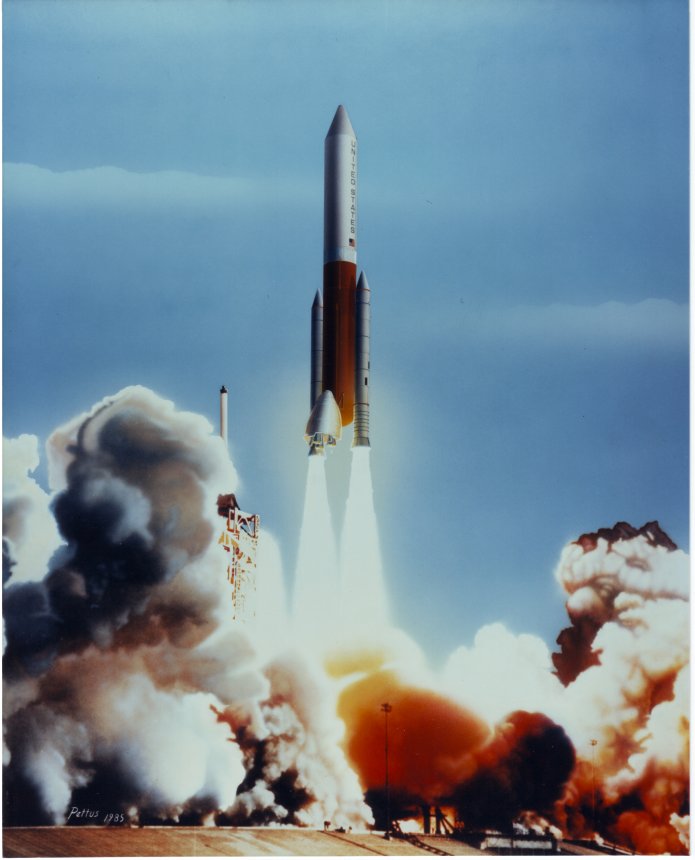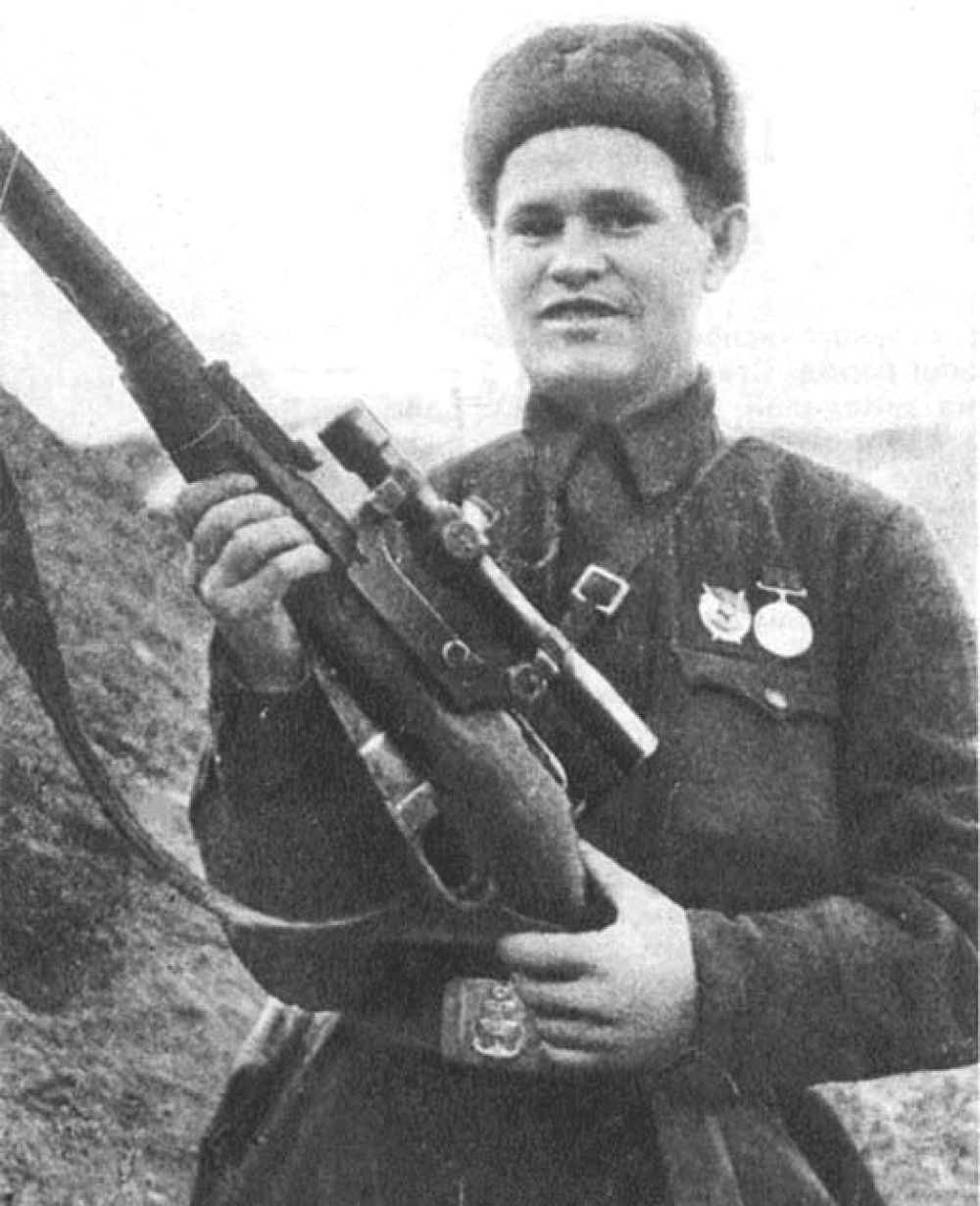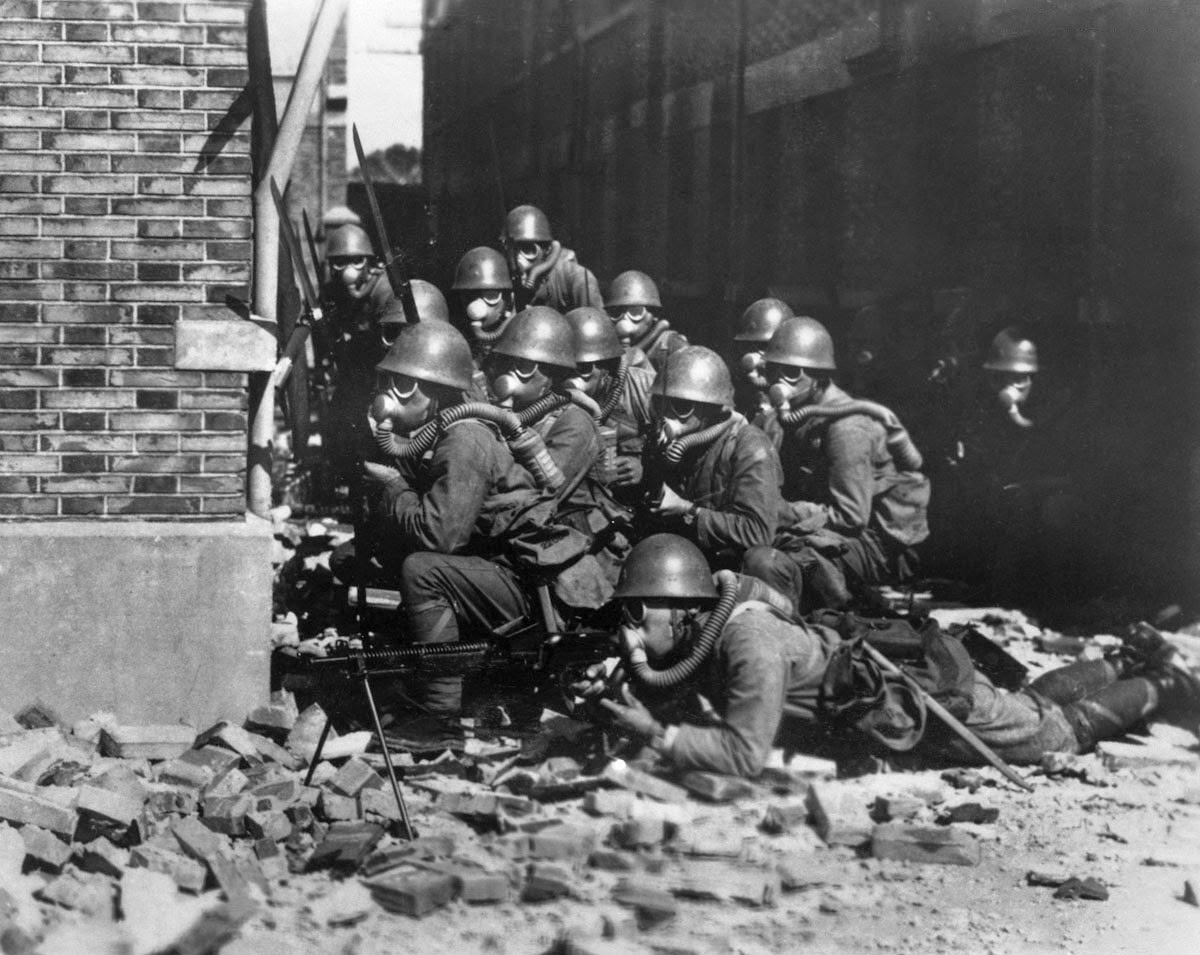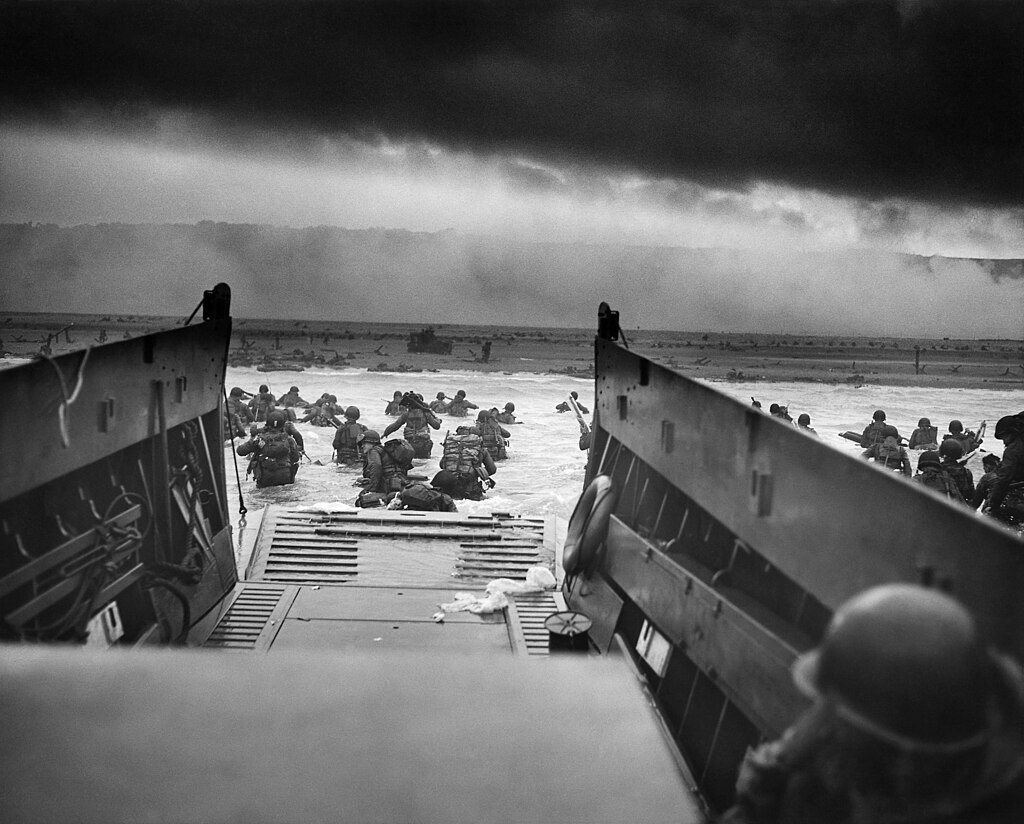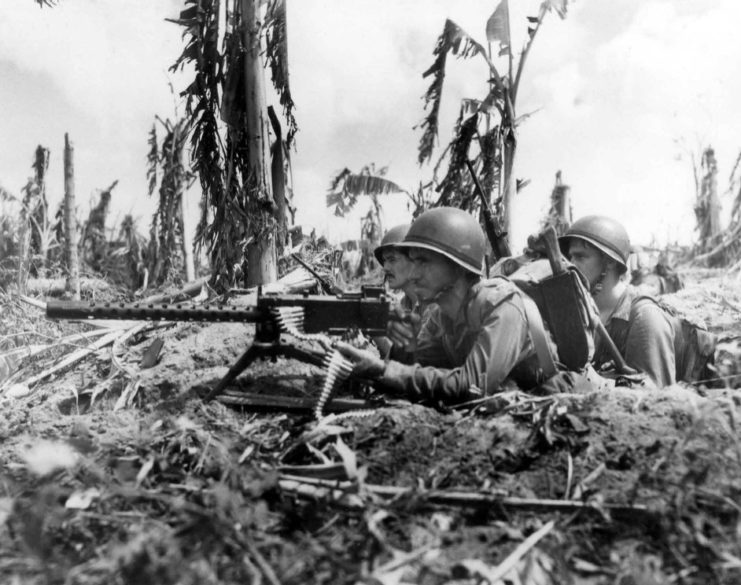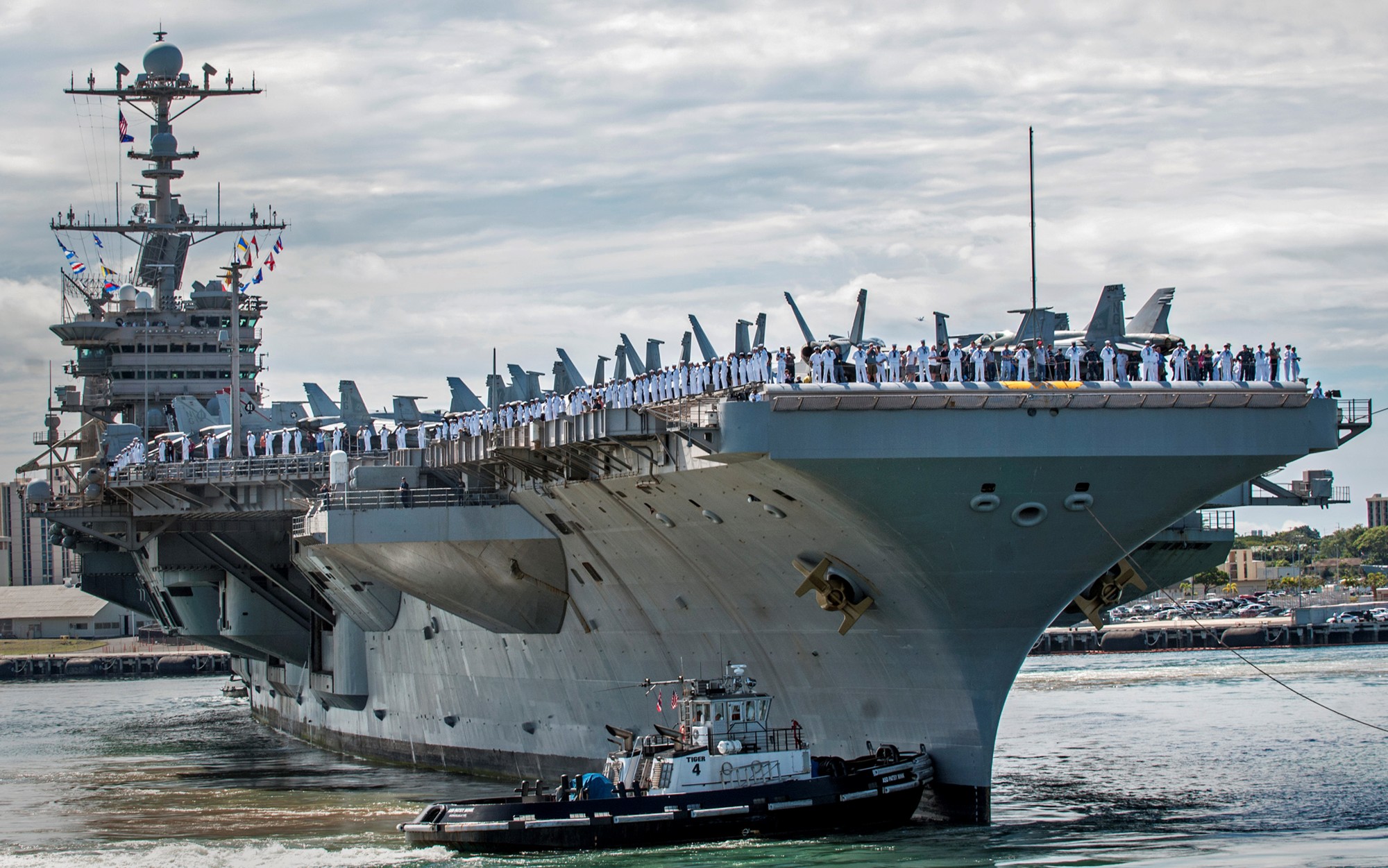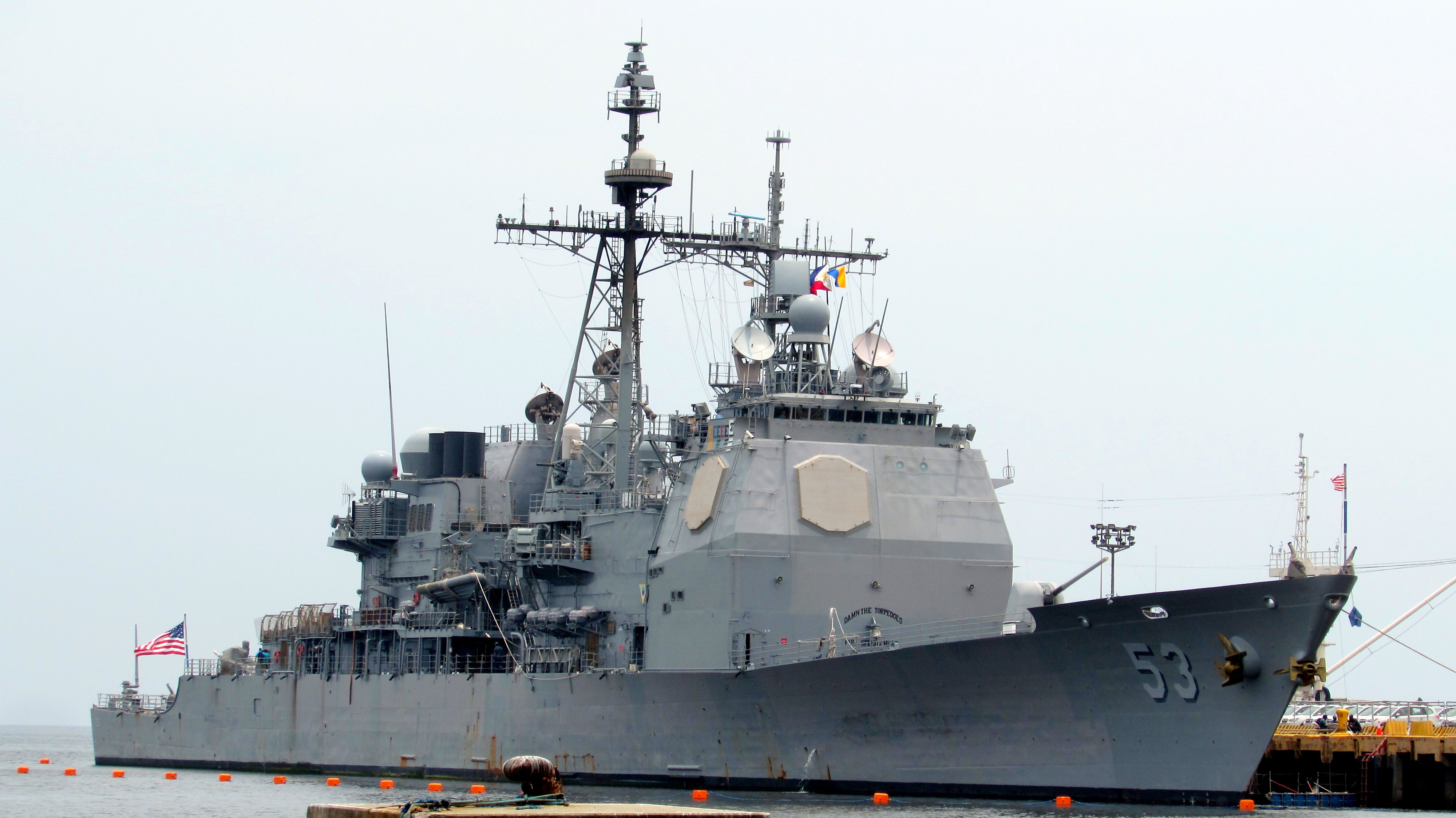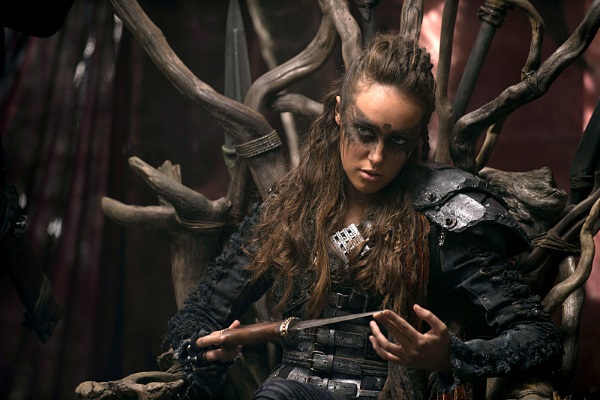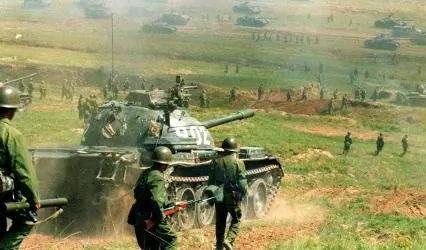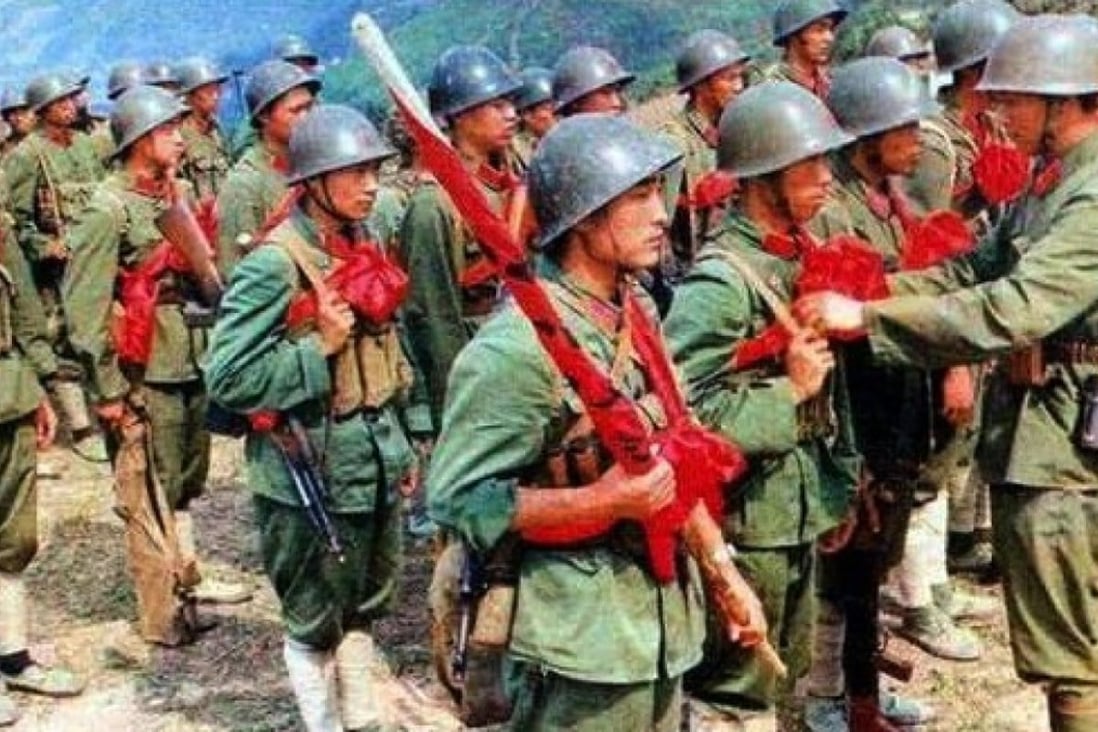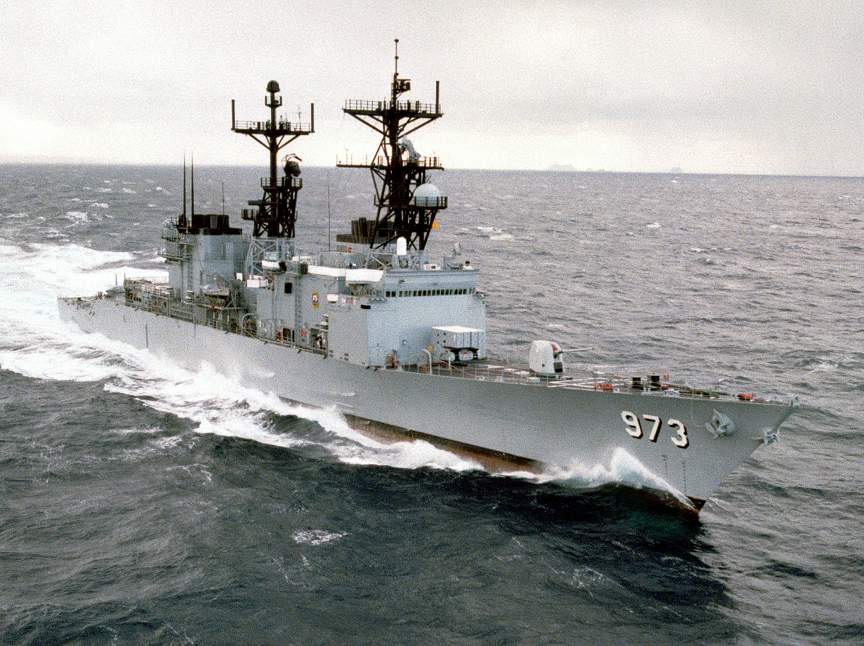Since i'm Portuguese, this is a all-portuguese post  (only aircrafts)
(only aircrafts)

One of the last Portuguese Supermarine Spitfire IX
After the Battle of Belgium, and the using of chemical gas started by Germany in Europe (also by the end of the Pacific War), Portugal declared war on Germany and alongeside Brazilian troops, send troops to Norway, to supplement the Allies in the Scadinaviann campaign. As Portugal already operated Spitfires (both Mk.I and Vc), it's small aerial contribution to the war was in the form of two squadrons of Mk.IX (in terms of Portuguese, they were formed in Flights instead of Squadrons), that joined the war just one week prior to the full liberation of Norway. Therefore after, they operated from Norwegian bases in the same way as other allied fighter squadrons operated against the Luftwaffe. Postwar, all fighters were bought and replaced both Hawker Hurricanes and Spitfires Mk.I that Portugal still operated, until 1950, when themselves were replaced by Hawker Tempest's.
Patton in Korea/MacArthur in the White House, by @BiteNibbleChomp

One of the Thunderbolts based in near Dili, East Timor, 1956
Shortly after MacArthur left the US Office, and the US started it's policy of communism containment in Asia/Pacific, the Portuguese Estado Novo under Salazar decided to reinforce East Timor from possible Indonesian intervention (something that was they started to do against the British in Malaysia and the Dutch in West Papua). Among the reinforcments were two Flights of F-47 Thunderbolts (as they were replaced in Portuguese mainland by F-84 Thunderjets).
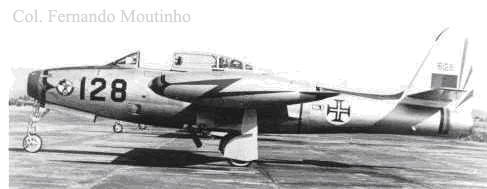
F-84 Thunderjet in based in Sweden during Operation Nyenskans, 1954
While the Finns began evacuation from their nation, Sweden and it's UN Allies began to protect them as most as possible. Among the Allied reinforcments were the Portuguese, sending two flights of F-84 Thunderjets for ground support against the Soviets, while the more advanced jets of Sweden, American and British-built projected their aerial superiority.
How Silent Fall the Cherry Blossoms by @Geon

One of the last Portuguese Supermarine Spitfire IX
After the Battle of Belgium, and the using of chemical gas started by Germany in Europe (also by the end of the Pacific War), Portugal declared war on Germany and alongeside Brazilian troops, send troops to Norway, to supplement the Allies in the Scadinaviann campaign. As Portugal already operated Spitfires (both Mk.I and Vc), it's small aerial contribution to the war was in the form of two squadrons of Mk.IX (in terms of Portuguese, they were formed in Flights instead of Squadrons), that joined the war just one week prior to the full liberation of Norway. Therefore after, they operated from Norwegian bases in the same way as other allied fighter squadrons operated against the Luftwaffe. Postwar, all fighters were bought and replaced both Hawker Hurricanes and Spitfires Mk.I that Portugal still operated, until 1950, when themselves were replaced by Hawker Tempest's.
Patton in Korea/MacArthur in the White House, by @BiteNibbleChomp
One of the Thunderbolts based in near Dili, East Timor, 1956
Shortly after MacArthur left the US Office, and the US started it's policy of communism containment in Asia/Pacific, the Portuguese Estado Novo under Salazar decided to reinforce East Timor from possible Indonesian intervention (something that was they started to do against the British in Malaysia and the Dutch in West Papua). Among the reinforcments were two Flights of F-47 Thunderbolts (as they were replaced in Portuguese mainland by F-84 Thunderjets).
The North Star is Red: a Wallace Presidency, KMT Victory, Alternate Cold War TL by @TastySpam

F-84 Thunderjet in based in Sweden during Operation Nyenskans, 1954
While the Finns began evacuation from their nation, Sweden and it's UN Allies began to protect them as most as possible. Among the Allied reinforcments were the Portuguese, sending two flights of F-84 Thunderjets for ground support against the Soviets, while the more advanced jets of Sweden, American and British-built projected their aerial superiority.
Last edited:
